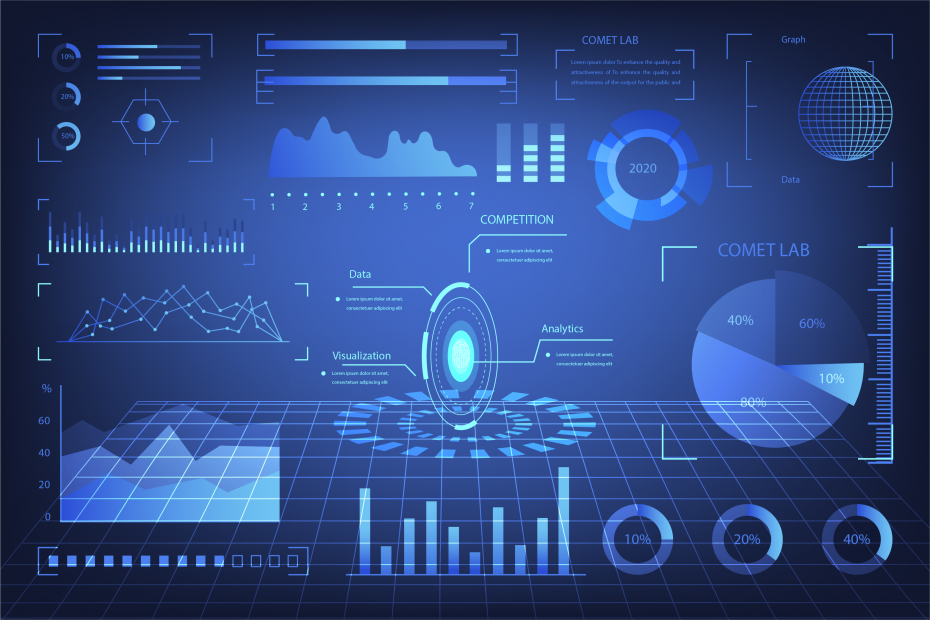Data Visualization: A Comprehensive Guide

Here’s a detailed explanation of Data Visualization, including key points and descriptions.
What is Data Visualization?
Data Visualization is the graphical representation of information and data. By using visual elements like charts, graphs, and maps, data visualization makes complex data more accessible, understandable, and usable for decision-making.
Key Points:
- Helps in understanding patterns, trends, and outliers in data.
- Improves communication of insights to both technical and non-technical audiences.
- Uses different tools and techniques to represent data effectively.
Importance of Data Visualization
- Better Data Analysis: Helps in identifying trends and correlations quickly.
- Enhanced Decision-Making: Provides clear insights for businesses and researchers.
- Efficient Storytelling: Transforms raw data into a meaningful story.
- Easier Comparisons: Makes comparing data sets more intuitive.
- Data-Driven Strategy: Helps organizations base decisions on real-world data rather than intuition.
Types of Data Visualization
Different types of data require different visual representations:
1. Charts & Graphs:
- Bar Chart: Compares categories using rectangular bars.
- Line Chart: Shows trends over time.
- Pie Chart: Represents proportions as slices of a circle.
- Histogram: Displays frequency distributions.
- Scatter Plot: Shows relationships between two variables.
2. Maps:
- Geographical Maps: Used for location-based data visualization.
- Heat Maps: Uses color intensity to show variations in data.
3. Infographics & Dashboards:
- Infographics: Combines text, visuals, and data in a compelling format.
- Dashboards: Provide an interactive summary of key metrics.
Popular Data Visualization Tools
- Tableau: A powerful tool for interactive dashboards.
- Microsoft Power BI: Integrates with business intelligence solutions.
- Google Data Studio: Free and easy-to-use for reports.
- D3.js: A JavaScript library for creating custom visualizations.
- Python Libraries (Matplotlib, Seaborn, Plotly): Used for coding-based visualization.
Best Practices in Data Visualization
- Choose the Right Chart Type: Use appropriate charts based on the data type.
- Keep it Simple & Clear: Avoid clutter and focus on key insights.
- Use Colors Wisely: Differentiate data without making it too complex.
- Ensure Accuracy: Avoid misleading representations.
- Make it Interactive: Allow users to explore data dynamically.
Conclusion
Data visualization is a crucial tool in today’s data-driven world. Whether in business, research, or daily decision-making, visualizing data enhances understanding and drives better conclusions. Choosing the right tools and following best practices can maximize the effectiveness of data storytelling.






